Which part of the respiratory system is responsible for regulate breathing rate and depth?
A. Bronchi
B. Alveoli
C. Diaphragm
D. Trachea
For those aiming to excel in their ATI TEAS test and secure admission into their desired nursing program, ExamGates offers an invaluable resource. Our platform features practice questions meticulously crafted by tutors who have previously aced the exam themselves. With ExamGates, you can access content that is 100% relevant to the test, accompanied by vivid images and illustrations. Additionally, our platform provides comprehensive explanations for both correct and incorrect answers, empowering you to fully grasp the material and optimize your study efforts. Take the first step towards your nursing aspirations with ExamGates today.
The diaphragm is responsible for regulang breathing rate and depth. It is a dome-shaped muscle located at the botom of the chest cavity that contracts and relaxes to help move air in and out of the lungs.
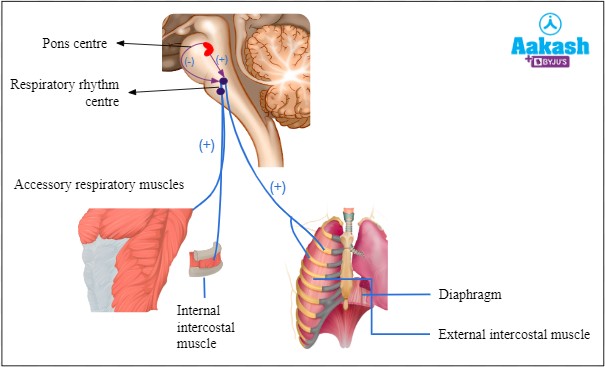
Therefore, the Correct Answer is C.
More Questions on TEAS 7 Science Exam 1
Question 1:
What are the three types of salivary glands and where are they located in the mouth?
A. Parotid, sublingual, and submandibular glands located in the cheeks, tongue, and roof of the mouth, respectively.
B. Sublingual, submandibular, and buccal glands located in the tongue, cheeks, and lips, respectively.
C. Parotid, sublingual, and submandibular glands located in the roof of the mouth, cheeks, and under the jawbone, respectively.
D. Sublingual, parotid, and buccal glands located in the tongue, cheeks, and lips, respectively.
The Correct Answer is C.The three major pairs of salivary glands are the parod glands, sublingual glands, and submandibular glands. The parotid glands are located just in front of your ears. The sublingual glands are below either side of your tongue, under the floor of your mouth. The submandibular glands are located below your jaw ¹.
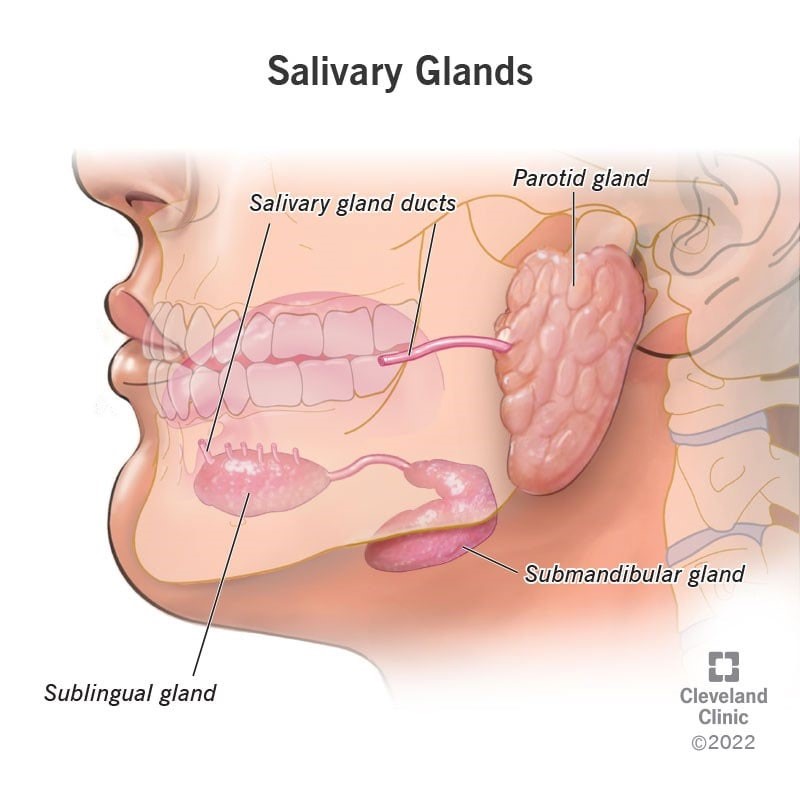
Question 2:
What is the name of the hormone that regulates blood sugar levels in the human body?
A. Insulin
B. Glucagon
C. Estrogen
D. Testosterone
The Correct Answer is A.Insulin is a hormone produced by the pancreas that plays a crucial role in regulating the levels of glucose (sugar) in the blood. After a person eats a meal, the levels of glucose in the blood rise, which stimulates the pancreas to release insulin into the bloodstream. Insulin acts on various cells in the body, particularly those in the liver, muscles, and adipose tissue, to promote the uptake, use, and storage of glucose.
Insulin helps to lower the levels of glucose in the blood by increasing the uptake of glucose by cells, stimulating the liver and muscle cells to store glucose in the form of glycogen, and inhibiting the production and release of glucose by the liver. This process is known as glucose homeostasis, and it helps to keep the levels of glucose in the blood within a normal range.
Deficiencies or abnormalities in insulin production or function can lead to a range of metabolic disorders, including type 1 and type 2 diabetes. In type 1 diabetes, the body does not produce enough insulin, while in type 2 diabetes, the body becomes resistant to the effects of insulin, leading to elevated levels of glucose in the blood.

Question 3:
What is the role of the epididymis in sperm maturation?
A. The epididymis produces sperm cells.
B. The epididymis stores and protects sperm cells until ejaculation.
C. The epididymis is responsible for the transport of sperm cells from the testes to the urethra.
D. The epididymis provides nourishment to sperm cells.
The Correct Answer is B.The epididymis is a coiled tube located at the back of each testicle where the sperm mature and are stored until ejaculation. Sperm are produced in the testes and then transported to the epididymis where they undergo maturation and become motile. The epididymis provides a protective environment for the sperm, allowing them to mature and become more resilient to external stressors. During ejaculation, the sperm are transported from the epididymis to the vas deferens and then to the urethra for ejaculation.
 |
Question 4:
Which of the following is a chemical property of a substance?
A. Density
B. Melting point
C. Boiling point
D. Reactivity with acid
The Correct Answer is D.Chemical properties are characteristics of a substance that describe its ability to undergo a chemical change or reaction with another substance. Reactivity with acid is a chemical property because it describes how a substance will react with an acid to produce a new substance.
Density, melting point, and boiling point are physical properties that describe how a substance behaves under certain conditions but do not involve a chemical change or reaction.
Question 5:
Which of the following is a function of the respiratory system?
A. Transport of nutrients to the body
B. Pumping of blood to the lungs
C. Exchange of gases between the body and the environment
D. Digeson of food in the stomach
The Correct Answer is C.One of the main funcons of the respiratory system is to facilitate the exchange of gases between the body and the environment. During inhalaon, air enters the lungs and oxygen is absorbed into the bloodstream. During exhalaon, carbon dioxide is removed from the body and expelled into the environment.

Question 6:
A researcher collects data on the number of cars passing through a busy intersection at different times of the day for a month. This data would be most useful to analyze which of the following:
A. traffic patterns during rush hour
B. pedestrian movement during the day
C. air pollution levels in the area
D. noise levels in the area
The Correct Answer is A.The data collected by the researcher on the number of cars passing through a busy intersection at different times of the day for a month would be most useful to analyze traffic patterns during rush hour.
Question 7:
Which of the following is responsible for carrying amino acids to ribosomes during protein synthesis?
A. tRNA
B. mRNA
C. rRNA
D. DNA
The Correct Answer is A.Transfer RNA (tRNA) is responsible for carrying amino acids to ribosomes during protein synthesis. Each tRNA molecule has a specific ancodon that matches a codon on the messenger RNA (mRNA) molecule. The tRNA molecule binds to the mRNA codon and brings the corresponding amino acid to the ribosome, where it is added to the growing polypepde chain.
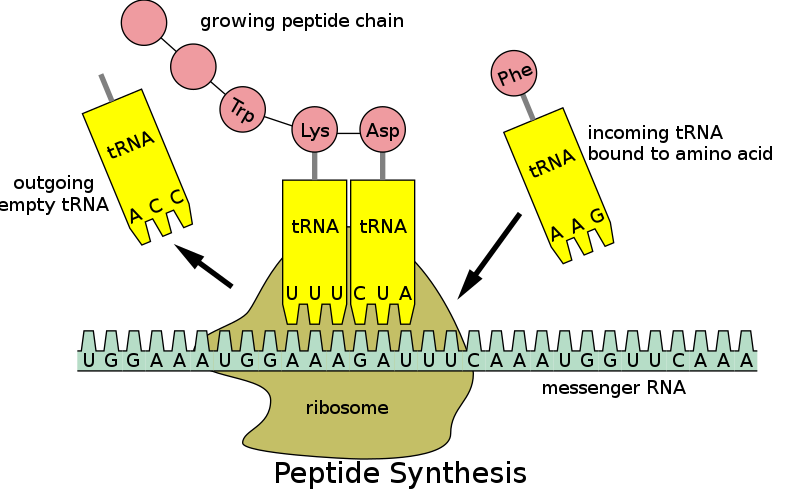
Question 8:
What is the name of the genetic disorder caused by the presence of an extra chromosome 21?
A. Turner syndrome
B. Klinefelter syndrome
C. Down syndrome
D. Huntington's disease
The Correct Answer is C.Down syndrome is a genetic disorder caused by the presence of an extra copy of chromosome 21. It is also known as trisomy 21, because affected individuals have three copies of chromosome 21 instead of the normal two.
The extra chromosome 21 in Down syndrome occurs due to a random error in cell division, which leads to the production of an abnormal gamete (egg or sperm) with an extra copy of the chromosome. When this gamete fuses with a normal gamete during fertilization, the resulting zygote has 47 chromosomes instead of the usual 46, and develops into a fetus with Down syndrome.
Down syndrome is characterized by a range of physical and intellectual symptoms, including developmental delays, intellectual disability, distinctive facial features, heart defects, and increased risk of certain medical conditions such as leukemia and Alzheimer's disease. However, the severity and expression of these symptoms can vary widely among affected individuals.
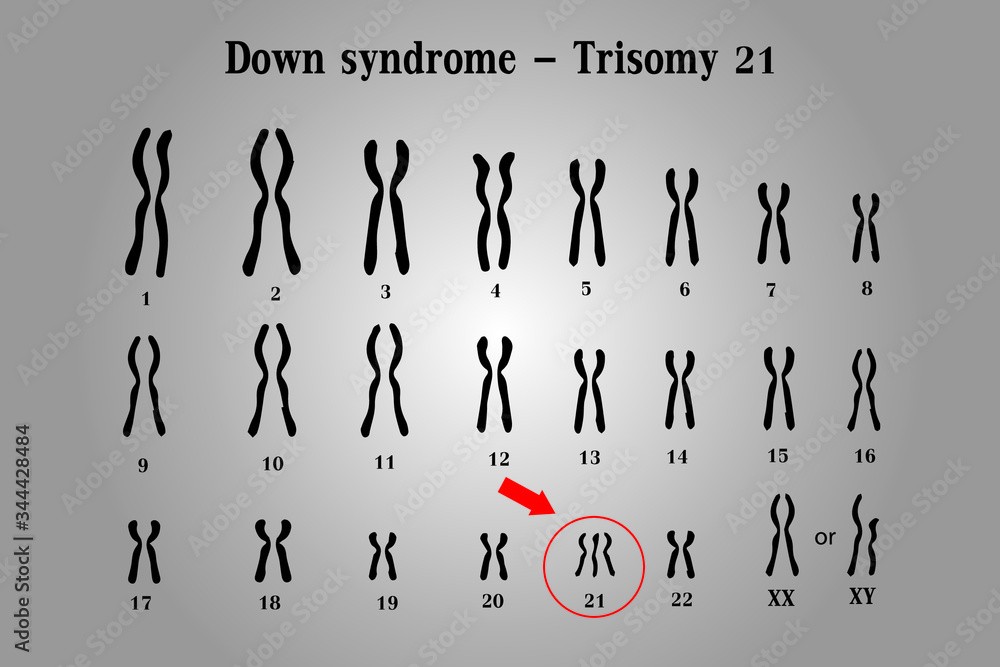 |
Question 9:
What is the largest organ in the human body by surface area?
A. Brain
B. Heart
C. Liver
D. Skin
The Correct Answer is D.The largest organ in the human body by surface area is the skin. It covers the enre external surface of the body and has an average surface area of about 20 square feet in adults.
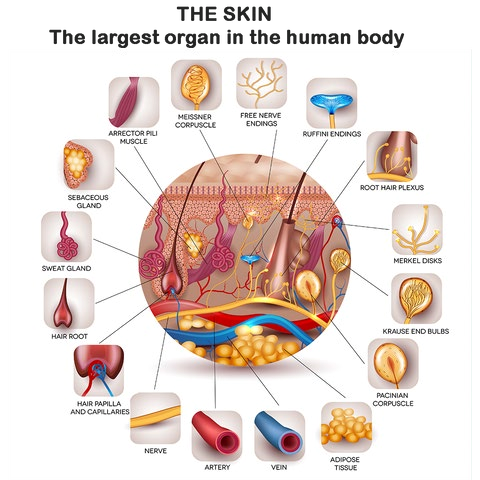
Question 10:
Which of the following types of RNA carries amino acids to the ribosome during protein synthesis?
A. Messenger RNA
B. Ribosomal RNA
C. Transfer RNA
D. Small nuclear RNA
The Correct Answer is C.Transfer RNA (tRNA) is a type of RNA molecule that carries amino acids to the ribosome during protein synthesis. Each tRNA molecule has a specific sequence of three nucleotides called an anticodon, which pairs with a complementary codon in the messenger RNA (mRNA) sequence. Each tRNA also carries a specific amino acid that corresponds to the codon it recognizes, allowing the ribosome to link the amino acids together in the correct order to form a protein.
In contrast, messenger RNA (mRNA) carries the genetic information from the DNA to the ribosome, where it serves as a template for protein synthesis. Ribosomal RNA (rRNA) is a component of the ribosome itself, where it helps to catalyze the formation of peptide bonds between amino acids. Small nuclear RNA (snRNA) is involved in splicing of pre-mRNA molecules during post-transcriptional processing.
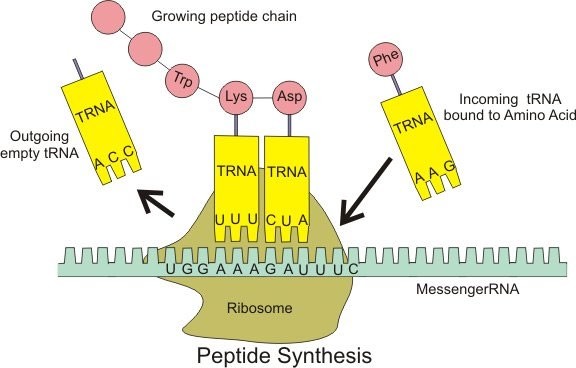 |